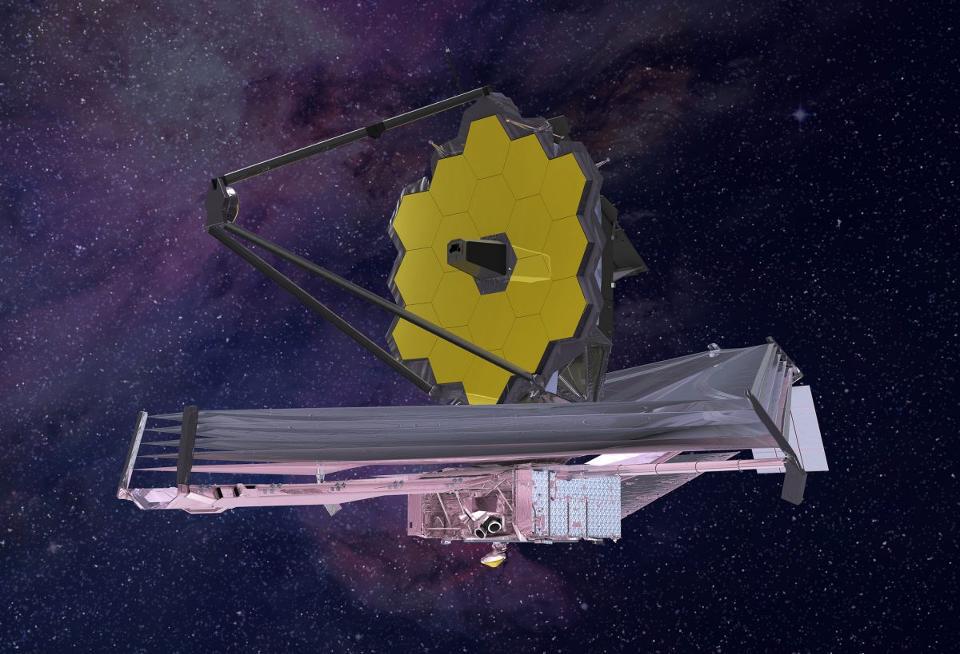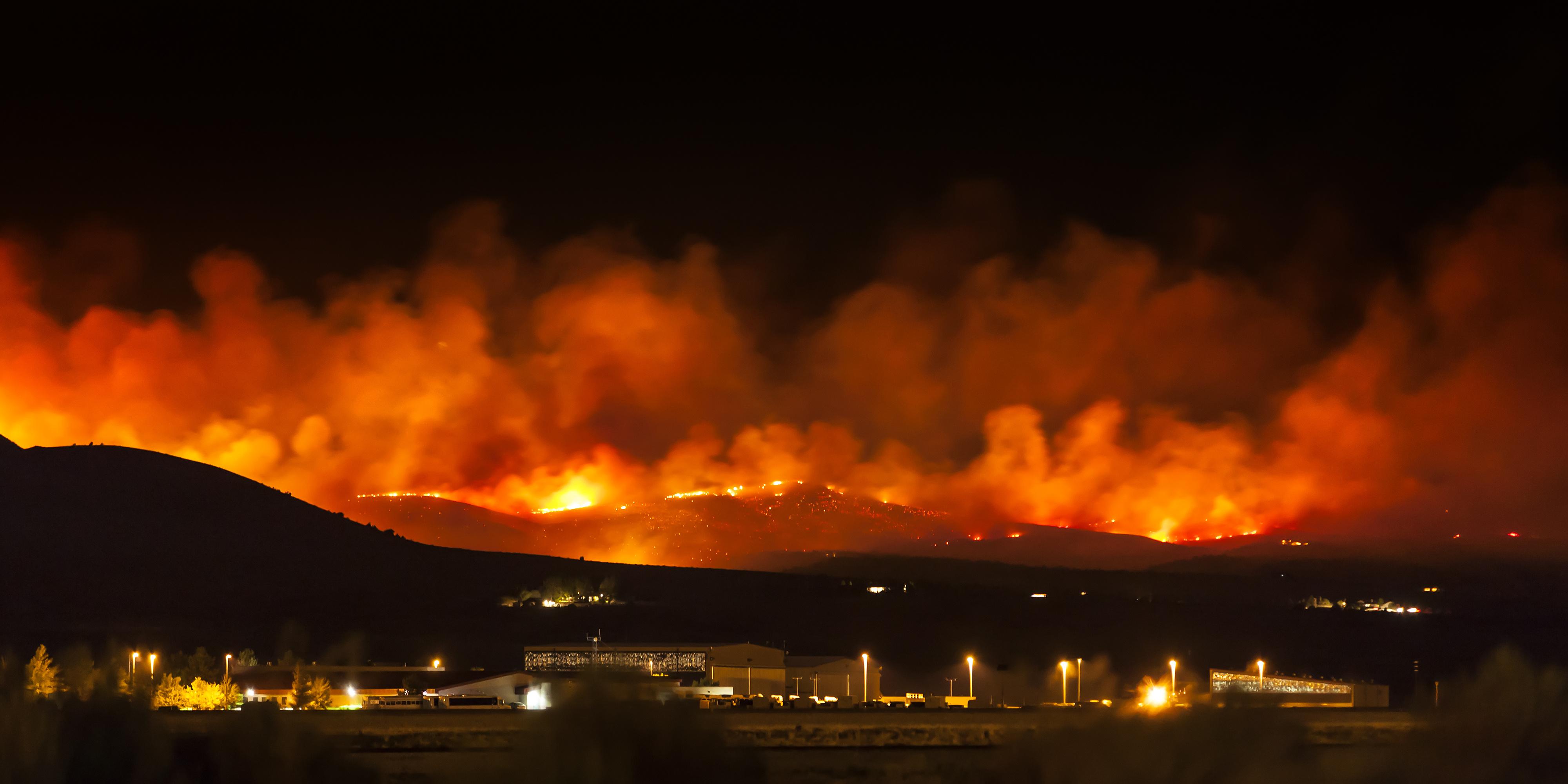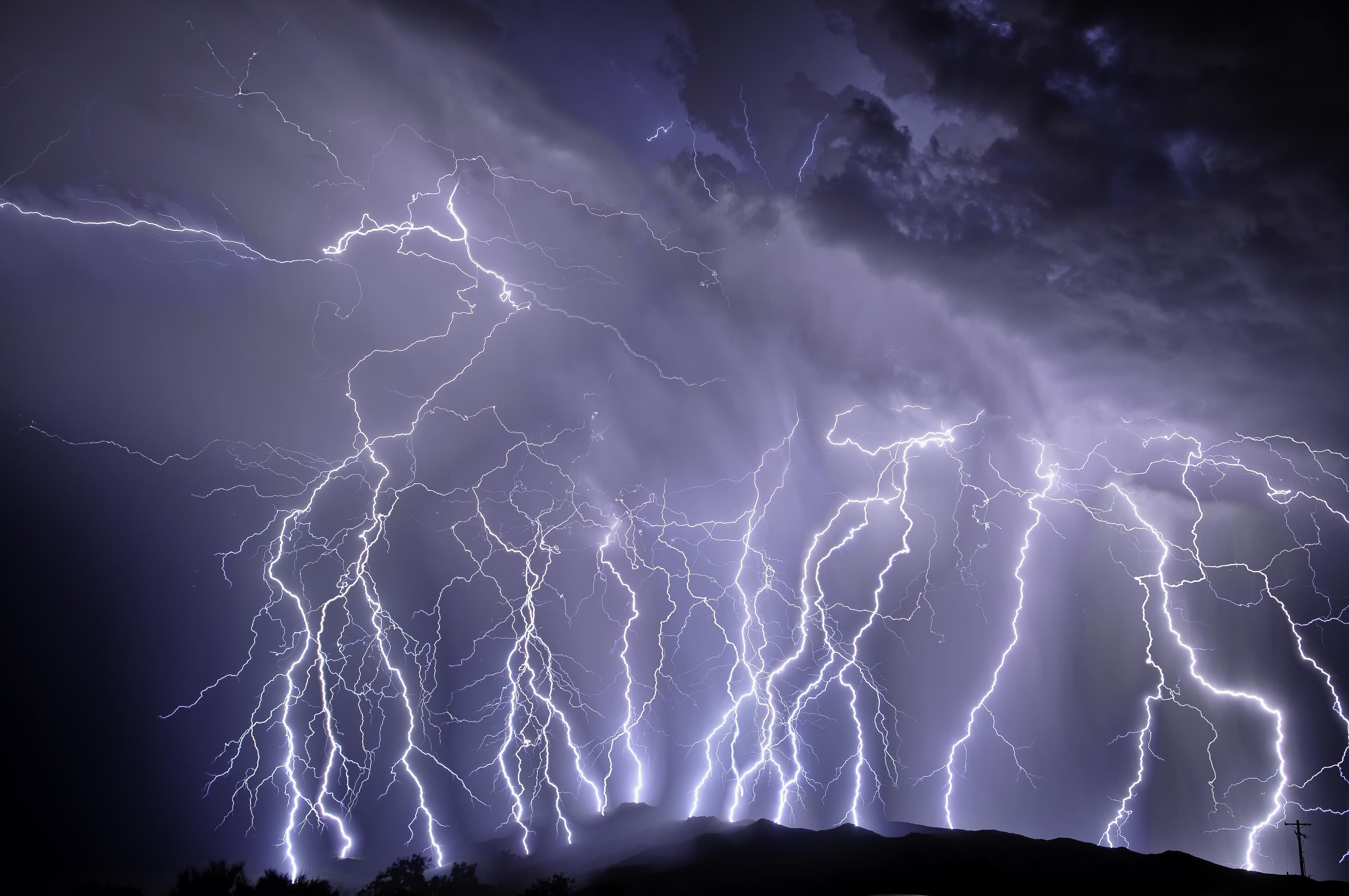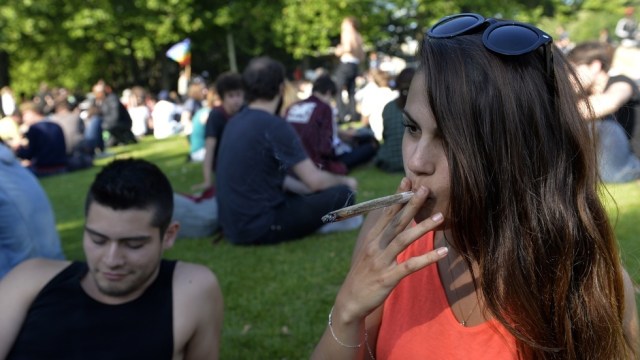As the climate warms, there may be a slight increase in male newborns
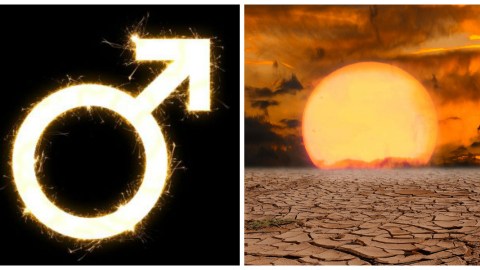
Pixabay
- Scientists have long theorized that temperature has some effect on the sex ratios of populations.
- Recent research shows links between rising temperatures and increases in the ratio of male newborns.
- Nobody can say exactly whether temperature causes changes in sex ratio, however it’s likely that climate change will force humans to adapt in ways we can’t yet anticipate.
The United Nations’ top climate science panel warned, in October, of the disastrous consequences around the world if temperatures continue to rise at current rates. Some threats are predictable: rising seas would displace coastal communities, extreme storms would continue to kill people, and drought would render some places inhospitable, or deadly.
Other threats are more subtle. In a 2018 study, for instance, researchers outlined the link between climate change and mental health. It found that rising temperatures could cause increased rates of depression.
A recent study highlights another subtle, yet significant consequence climate change could bring upon the global community: changes to the ratio of male-to-female newborns.
Not quite 50:50
The ratio of male to female newborns is fairly constant worldwide, though the ratio has tilted slightly in favor of males since the 17th century, at about 103 to 106 males born for every 100 females. Why, exactly, the ratio isn’t 50:50 has long eluded scientists.
One leading theory says the reason there are more boys than girls at birth is because boys are more likely to die in early childhood. So, in order for a population to reach something like a 50:50 split at reproductive age, it makes sense that the ratio would slightly favor boys.
Stressors and the sex ratio
In any case, it’s well-documented that certain stress factors — say, tobacco smoke or earthquakes — can cause subtle changes in the sex ratio. For example, a 2018 study that examined the sex ratios directly following earthquakes in various parts of Japan over the past couple decades found that the ratio of male newborns dropped significantly in the months after these stressful events. One possible explanation? Boys are especially vulnerable to stressors during pregnancy.
While some studies link stressful external events to decreases in the ratio of male newborns, other research suggests rising temperatures could mean more baby boys.
For example, a study on the sex ratios in Northern European countries between 1878 and 1914 showed that fewer baby boys were born in colder months. Conversely, warmer temperatures have been associated with an increase in the number of baby boys. As a recent CNN article points out, Samuli Helle, a senior researcher in the Section of Ecology, Department of Biology at the University of Turku in Finland, found that in Finland there was a 0.06 percent increase in the ratio of newborn boys for every 1 degree Fahrenheit increase in temperature.
“Not a dramatic influence at first sight but it should be remembered that in large populations such effect size might mean thousands of ‘extra’ boys annually,” Helle told CNN.
It’s not definitively known whether temperatures directly affect the sex ratio. Even if research proves the climate does play a causal role, temperatures aren’t going to necessarily rise in all parts of the planet, and, in any case, other stressors will surely also have some effect on the sex ratio.
In general, the interesting question, as Ray Catalano, a professor in the school of public health at the University of California, Berkeley, told CNN, is how will climate change affect the course of human evolution?
“Humans are incredibly adaptable, we got through the Great Ice Age,” he said. “What will we be after [adapting to climate change]? We will be different… Climate change is going to change the characteristics of the population in ways that maybe can’t be anticipated.”

